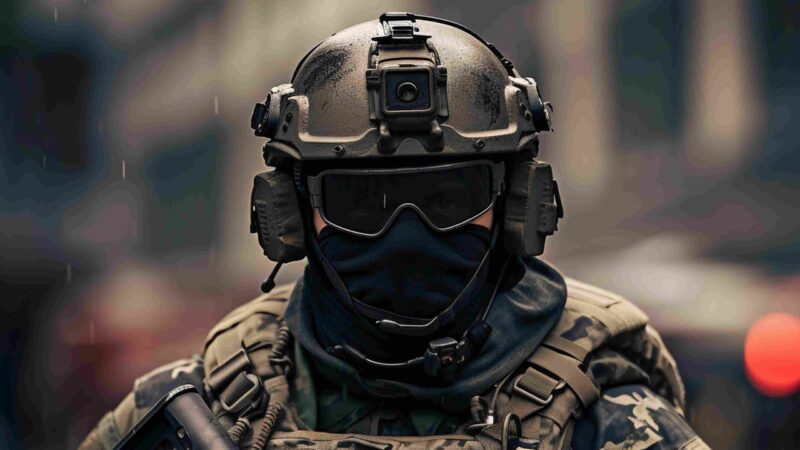Spiti Valley Awaits: Planning Your Chandigarh to Spiti Road Trip

The journey from Spiti Valley to Chandigarh is more than just a road trip; it’s an adventure that takes you through some of the most breathtaking landscapes in India. Spiti Valley, often referred to as the “Little Tibet,” offers a stark contrast to the hustle and bustle of city life, with its serene monasteries, rugged terrain, and high-altitude beauty. This journey from Chandigarh, a vibrant city in the foothills of the Himalayas, to Spiti Valley, an enchanting region in the northern Indian state of Himachal Pradesh, is a transformative experience that combines adventure, culture, and natural splendor.
Planning this trip requires careful consideration of routes, weather, and travel tips to ensure a safe and memorable journey. In this guide, we’ll walk you through everything you need to know to make your road trip unforgettable.
1. Route Overview: Understanding Your Journey
The route from Chandigarh to Spiti Valley is both challenging and rewarding. The drive covers approximately 450-500 kilometers, depending on the route taken, and takes you through diverse landscapes, from lush green valleys to barren, high-altitude deserts.
- Primary Routes: The most common route is via Manali, which takes you through Rohtang Pass and Kunzum Pass. Another route is through Shimla and Kaza, which is often less congested but can be longer.
- Travel Time: The journey typically takes 2 to 4 days, depending on road conditions, weather, and stops along the way.
- Road Conditions: Be prepared for rough and challenging road conditions, especially when crossing high mountain passes. Ensure your vehicle is well-maintained and capable of handling these conditions.
2. Best Time to Travel: Weather and Seasonal Considerations
Choosing the right time for your road trip is crucial for a smooth and enjoyable journey. The weather in Spiti Valley can be extreme, so planning your trip according to seasonal conditions will help you avoid any difficulties.
- Summer (June to September): This is the most popular time to travel, with pleasant temperatures and clear roads. However, it can be crowded with tourists.
- Winter (November to March): The weather can be harsh with heavy snowfall and freezing temperatures. This season is ideal for adventure seekers looking for solitude, but be prepared for road closures and extreme cold.
- Monsoon (July to August): The monsoon season brings heavy rains, which can lead to landslides and roadblocks. Traveling during this time is not recommended due to safety concerns.
3. Vehicle Preparation: Ensuring a Safe Drive
Preparing your vehicle for the journey is essential for a safe and trouble-free trip. The terrain can be demanding, so ensure your vehicle is ready for the challenges ahead.
- Vehicle Maintenance: Get your vehicle thoroughly checked before the trip. Ensure that tires, brakes, and suspension are in good condition.
- Emergency Kit: Pack an emergency kit with essential items such as a first-aid kit, tool kit, spare tires, and extra fuel.
- Driving Skills: Familiarize yourself with high-altitude driving and handling rough terrain. If you’re not comfortable, consider hiring a local driver or joining a guided tour.
4. Accommodations and Stops: Making the Most of Your Journey
The journey offers several opportunities to explore and rest. Plan your stops to break up the drive and enjoy the unique experiences along the way.
- Manali: A popular stopover for those taking the Manali route, offering a range of accommodations and local attractions.
- Keylong: A good place to rest and acclimatize if you’re traveling through the Leh-Manali route.
- Kaza: The main town in Spiti Valley, where you can find various accommodation options and local amenities.
5. Health and Safety: Preparing for High Altitude
Traveling involves ascending to high altitudes, which can affect your health. It’s important to be prepared for altitude sickness and other related issues.
- Acclimatization: Spend a day or two at lower altitudes to acclimatize before reaching high-altitude areas. This helps reduce the risk of altitude sickness.
- Hydration: Drink plenty of water to stay hydrated, as high altitudes can lead to dehydration.
- Medical Supplies: Carry medications for altitude sickness, such as acetazolamide, and consult with your doctor before the trip.
6. Cultural Etiquette: Respecting Local Traditions
Spiti Valley is home to various local communities with unique cultures and traditions. Being respectful and understanding of local customs will enhance your travel experience.
- Local Customs: Familiarize yourself with local customs and traditions. For example, dress modestly and ask for permission before taking photos of people.
- Monasteries: Many travelers visit monasteries in Spiti Valley. Respect the sanctity of these places by following guidelines and maintaining a quiet demeanor.
Essential Packing List: What to Bring for Your Spiti Valley Road Trip
Preparing for a road trip from Chandigarh to Spiti Valley means packing wisely to ensure you’re ready for all the elements and challenges of the journey. Here’s a comprehensive packing list to help you cover all the essentials:
- Clothing: Layering is key due to the varying temperatures along the journey. Pack thermal wear, warm jackets, fleece, and waterproof gear. Even in summer, the evenings can be quite chilly. Don’t forget hats, gloves, and scarves for colder weather, especially if traveling in the off-season.
- Footwear: Sturdy, comfortable walking shoes or boots are essential. Ensure they are well-broken-in and suitable for both rough terrain and long drives.
- Health Essentials: In addition to medications for altitude sickness, carry a personal first-aid kit, including bandages, antiseptics, pain relievers, and any prescription medications you might need.
- Personal Items: Sunscreen, lip balm with SPF, and sunglasses are crucial for protecting yourself from the strong high-altitude sun. Moisturizers and hydration products are also important to counteract the dry air.
- Travel Documents: Carry all necessary documents, including your ID, driving license, vehicle registration, and permits required for travel in the region. Keep copies of these documents in a secure location.
- Food and Water: While there are places to eat along the route, having non-perishable snacks and plenty of water is a good idea. This ensures you have sustenance during long stretches where food options may be limited.
- Camping Gear: If you plan to camp or stay in more remote areas, bring camping gear such as a tent, sleeping bag, and portable stove. Even if you’re staying in accommodations, having some camping gear can be useful for unexpected situations.
- Photography Gear: With the stunning landscapes of Spiti Valley, a good camera or smartphone with extra batteries is essential for capturing memories. Consider bringing a tripod for better shots in low light conditions.
- Entertainment: Long drives can be monotonous, so bring along books, music, or audiobooks to keep entertained during the journey.
- Miscellaneous: A multi-tool or Swiss army knife can be handy for various tasks, and a flashlight or headlamp is useful if you find yourself in dark areas. Additionally, a portable charger or power bank is invaluable for keeping your devices powered.
By packing thoughtfully and considering the unique needs of your trip, you’ll be well-prepared for the adventure ahead.
Enjoyable Journey
Planning your road trip from Chandigarh to Spiti Valley requires careful preparation and a spirit of adventure. By understanding the route, preparing your vehicle, and being aware of seasonal conditions, you can ensure a safe and enjoyable journey through one of India’s most stunning landscapes. Accept the challenges and earn rewards of this extraordinary adventure, and let the journey be an unforgettable experience filled with breathtaking views, cultural encounters, and personal growth. Safe travel!




